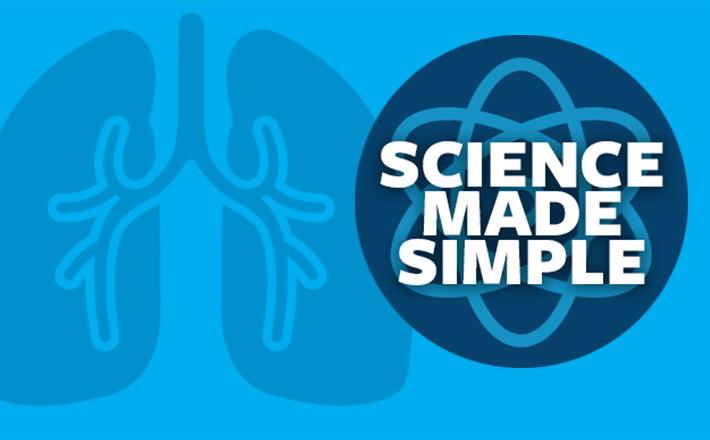
The good news
Treatment is available for Lambert-Eaton Myasthenic Syndrome (LEMS), a rare disorder that affects the neuromuscular system. Patients with LEMS usually have muscle weakness that is proximal in nature making it difficult for them to walk, climb stairs, and arise from a chair. Other nerves can also be affected causing double vision, difficulty swallowing, and shortness of breath.
Why it’s important
LEMS is closely associated with the presence of a malignancy, particularly Small Cell Carcinoma of the Lung (SCLC). About 2-3% of patients with SCLC will have LEMS. The patient can present with a wide range of symptoms from mild to severe. The physical signs of LEMS can be present before the cancer is evident. LEMS is often misdiagnosed, so it is very important to make a correct diagnosis so that there can be a thorough evaluation for the presence of cancer.
What it means for patients
It is very important to determine if a patient has LEMS associated with cancer so that the cancer can be treated as soon as possible. Effective treatment of the cancer can improve muscle weakness, but sometimes if the symptoms are more severe additional therapy may be needed. The effects of LEMS can be very debilitating and have a great impact on the quality of life of patients suffering from this condition. Amifampridine is the only FDA-approved drug available for the treatment of adult patients with LEMS. The drug works by increasing a substance called acetylcholine which improves the connection between nerves and muscle. Clinical trials employing amifampridine have demonstrated an improvement in muscle strength for LEMS patients with manageable side effects.
What to watch for
It is important to be aware of LEMS as a diagnosis despite its rarity. Awareness of the signs and symptoms of this syndrome could lead to earlier diagnosis of small cell lung cancer, resulting in more timely treatment. It is also important to know that there are treatments available such as amifampridine that can improve some of the devastating symptoms and have a positive impact on a patient’s quality of life.
- Learn more about LEMS
- View a video series about treatment options for LEMS
